Bellflowers, also known as Campanula, are attractive bell-shaped flowers that come in different colors and sizes, which makes them eye-catching additions to bouquets and flower arrangements.
They’re known to be roadside flowers, so they can be used in beautifying your home and garden!
In this article, we will discuss their meanings, origins, and the many ways they can be used in our homes.
How did the bellflower get its name?
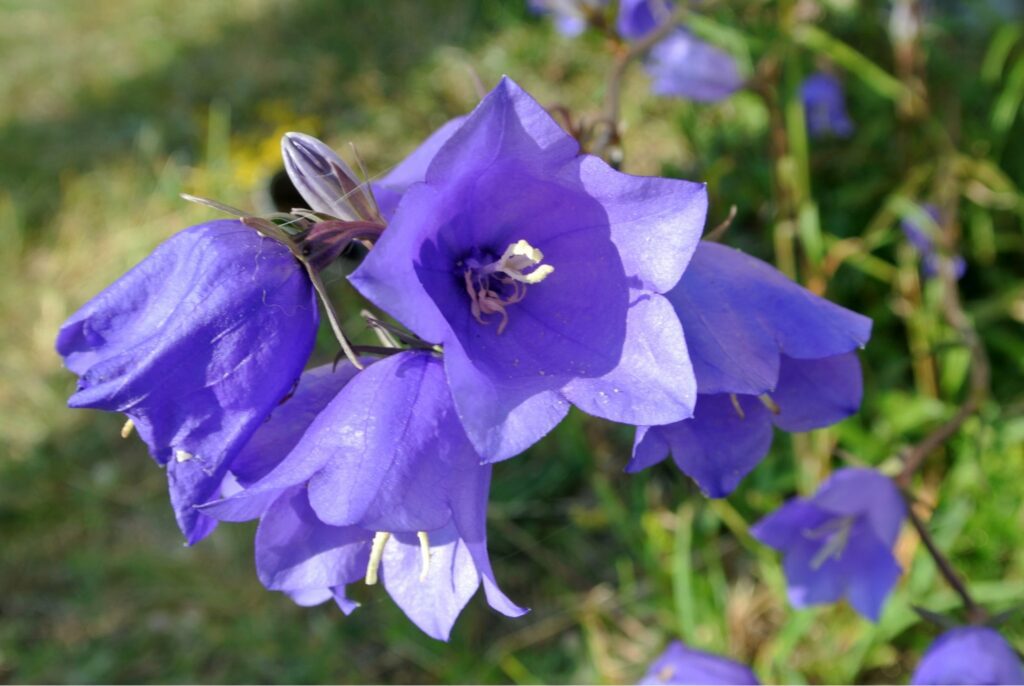

The common name “bellflower” is derived from the bell shape of this flower. Its scientific name, Campanula, is a Latin word which means “bell.”
What are the botanical origins of bellflower?
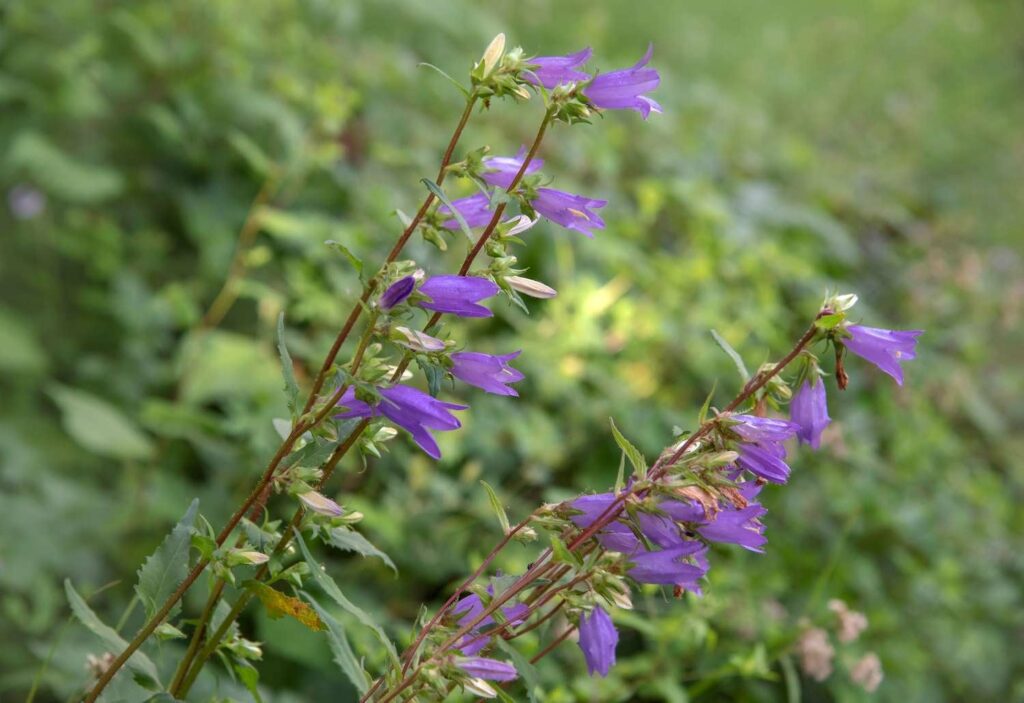

Bellflower is a common name for almost all the 500 different species that belong to the Campanula genus of the Campanulaceae family. They typically share common features, such as blue to purple, cup-shaped or bell-shaped flowers.
Some species of the bellflower are native to America, while others are exclusive to Europe. They’re primarily distributed in the Northern Hemisphere, but some can be found in the mountainous areas of Asia and Africa.
They are now spread globally and can be found in the wild in almost every temperate or cooler tropical region.
Where do bellflowers grow?
Bellflowers mainly grow in Mediterranean areas, northern temperate regions, and tropical mountains.
Do bellflowers require a lot of maintenance?
Bellflowers are relatively low-maintenance plants. Just be sure to water them frequently, especially during hot summers to avoid wilting.
Do bellflowers need shade or sun?
Most bellflowers thrive best when they are exposed to full sunlight.
While a few woodland species can grow well in partial or full shade, it’s best to grow them where they can get full sunlight to achieve the most vibrant flower displays.
Additionally, exposure to sunlight prevents taller varieties from bending and needing additional support like stakes.
When do bellflowers bloom?
Most species of the bellflower have a long period of blooming.
Some start to bloom in late spring and continue until the end of fall. In contrast, some varieties have a shorter flowering window, which is just in either spring or early fall.
What kind of soil do bellflowers prefer?
Bellflowers prefer well-draining soil that’s rich in organic matter, and their ideal pH range falls between 6.0 and 7.5.
When is the best time to plant bellflower seeds?
The best time to plant bellflower seeds depends on the planting location.
If you want to grow bellflowers outdoors, it’s best to sow the seeds in spring, once the last frost has subsided. If you’re planning to grow them indoors, you can sow the seeds anytime between autumn and spring.
What do bellflowers mean?
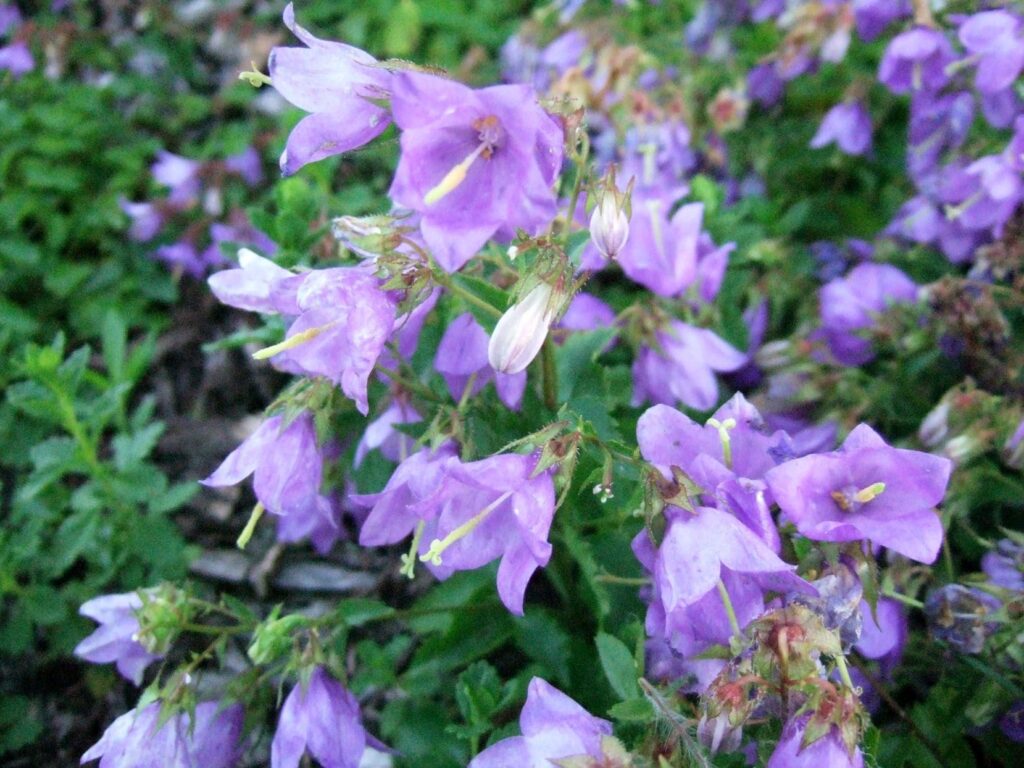

Bellflowers symbolize gratitude, support, constancy, and romance. They also represent faith, affection, humility, delicacy, success, and wealth.
What do the colors of bellflowers mean?
White
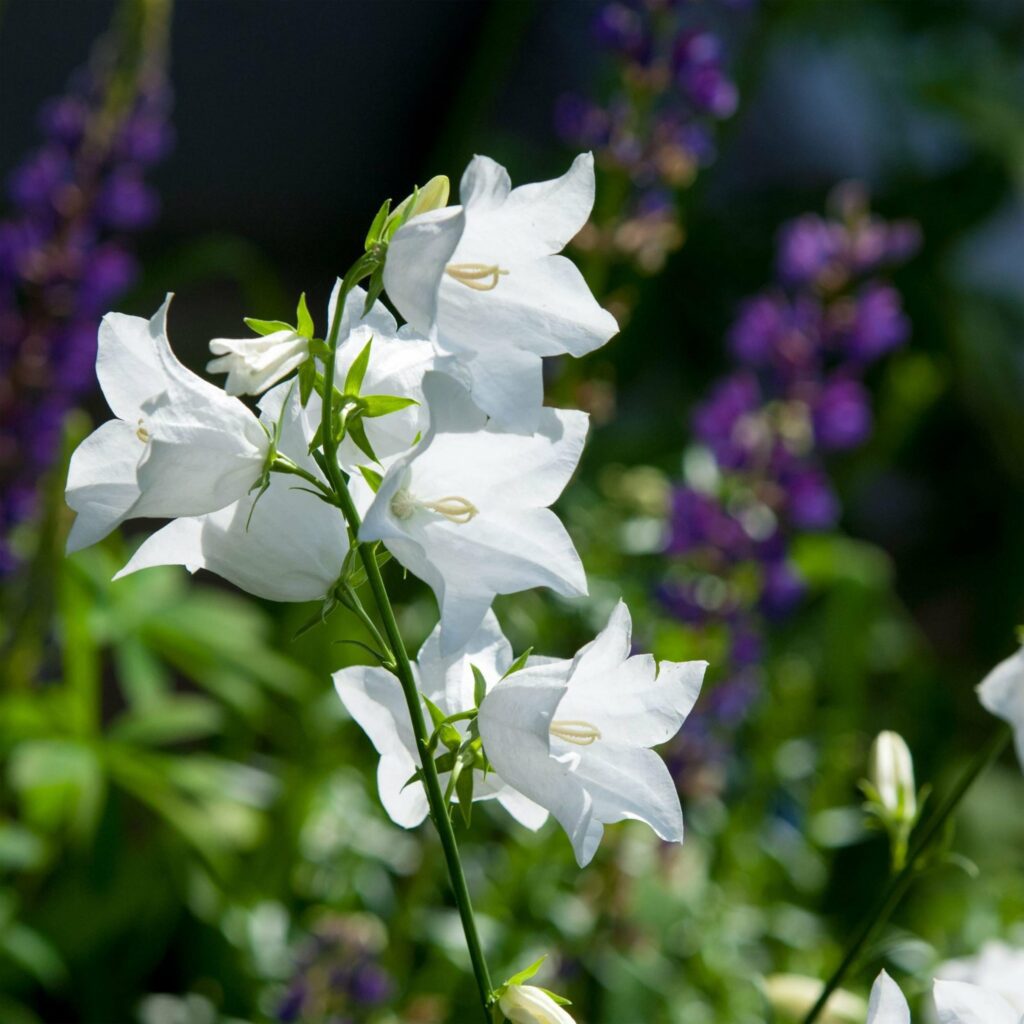

White bellflowers symbolize gratitude, spirituality, purity, and innocence. They’re also sometimes linked to sympathy and grief.
Recommended use: White bellflowers are ideal for occasions such as weddings and christenings.
They are also a thoughtful choice for expressing sympathy and offering condolences during times of grief.
Cream
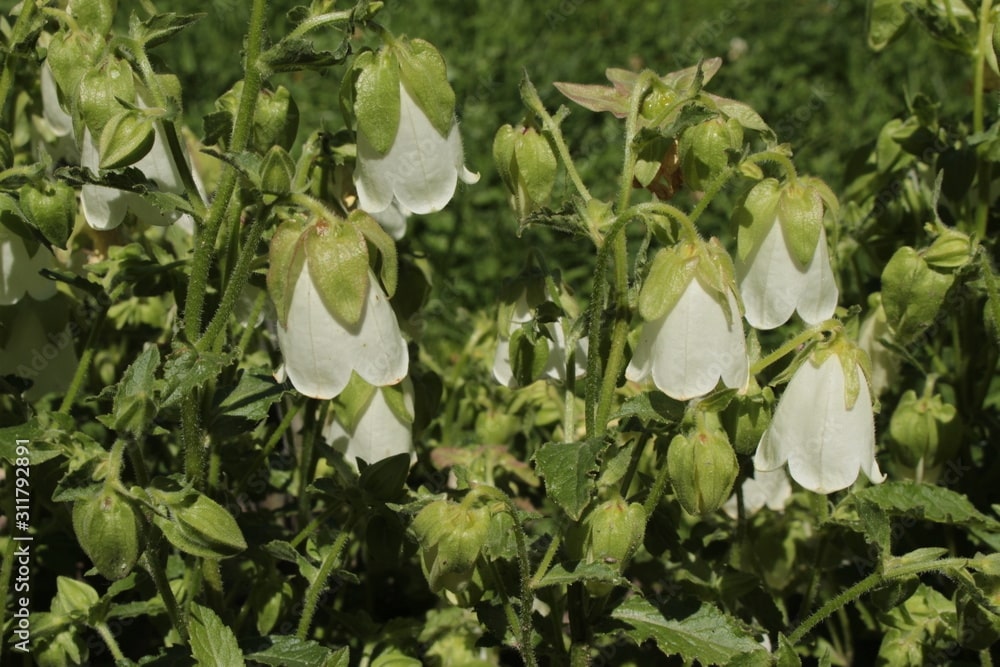

Cream bellflowers symbolize grace, elegance, thoughtfulness, hope, and peace.
Recommended use: Cream bellflowers are suitable for occasions like anniversaries and birthdays or as a get-well gift.
Pink
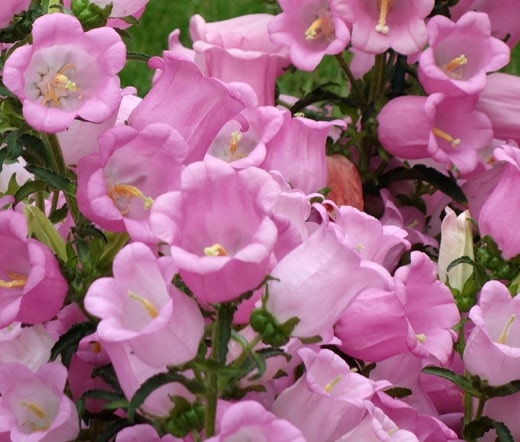

Pink bellflowers are often associated with love and romance.
They also symbolize nurturance, kindness, compassion, youthfulness, joy, familial love, admiration, gratitude, and happiness.
Recommended use: Pink bellflowers are a delightful choice for Valentine’s Day, anniversaries, or birthdays.
Magenta
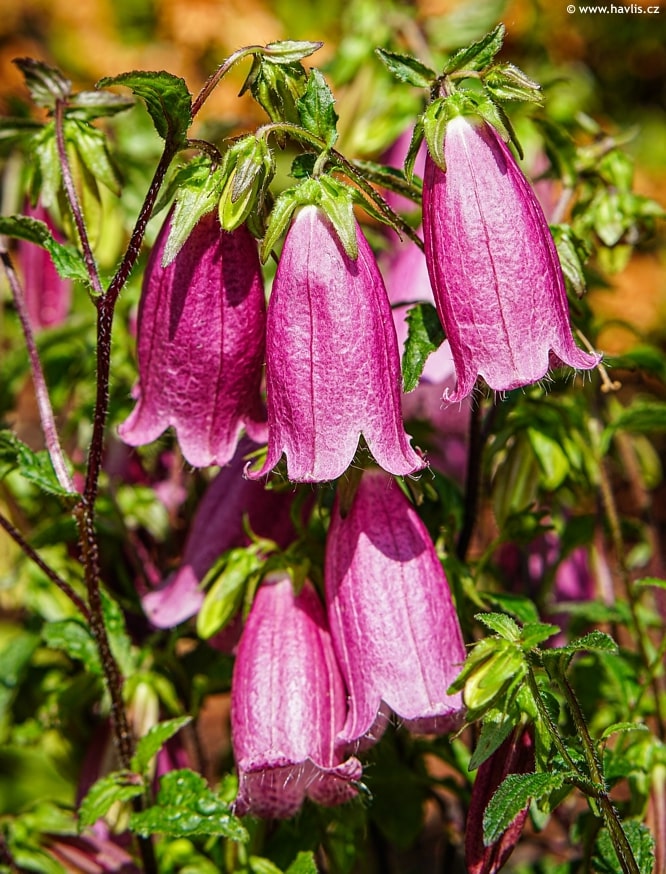

Magenta bellflowers represent universal love, romantic love, excitement, and hope for success.
Recommended use: Magenta bellflowers are fitting for weddings, engagements, and celebrating achievements in both personal and professional life.
Purple
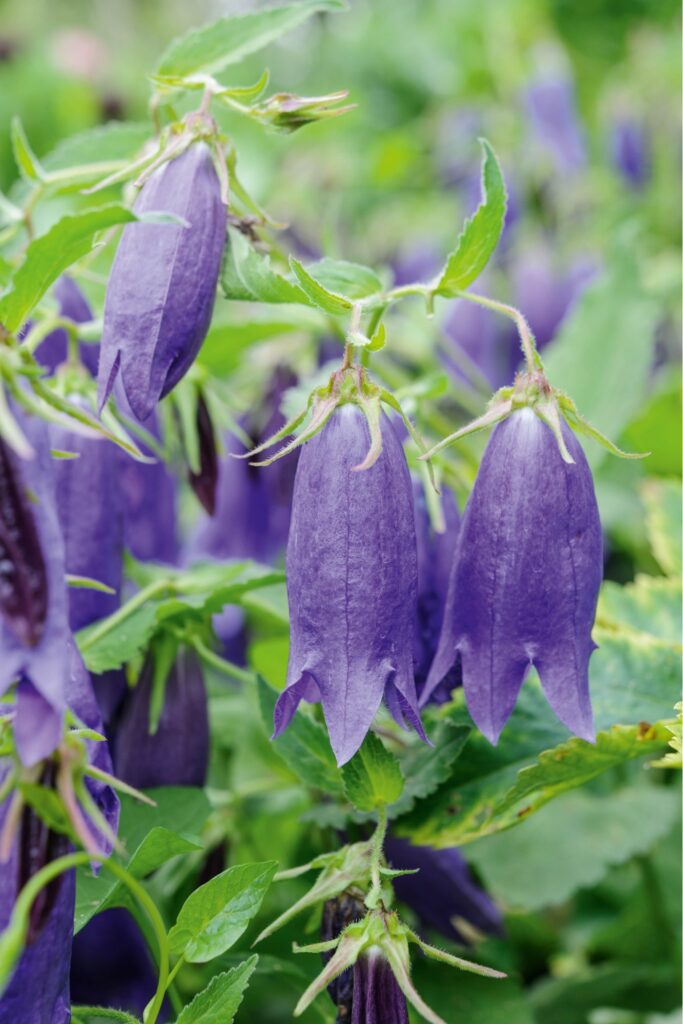

The purple bellflower symbolizes tradition, royalty, and elegance. It has also been associated with romance, bravery, wisdom, and spirituality.
The color purple is also commonly seen as a symbol of wealth and success, which makes purple bellflowers an excellent choice for celebrating or attracting success.
Recommended use: Purple bellflowers are excellent for events that call for sophistication, such as formal dinners, galas, or milestone celebrations.
They can also be given to wish someone success or to celebrate their accomplishments.
Blue
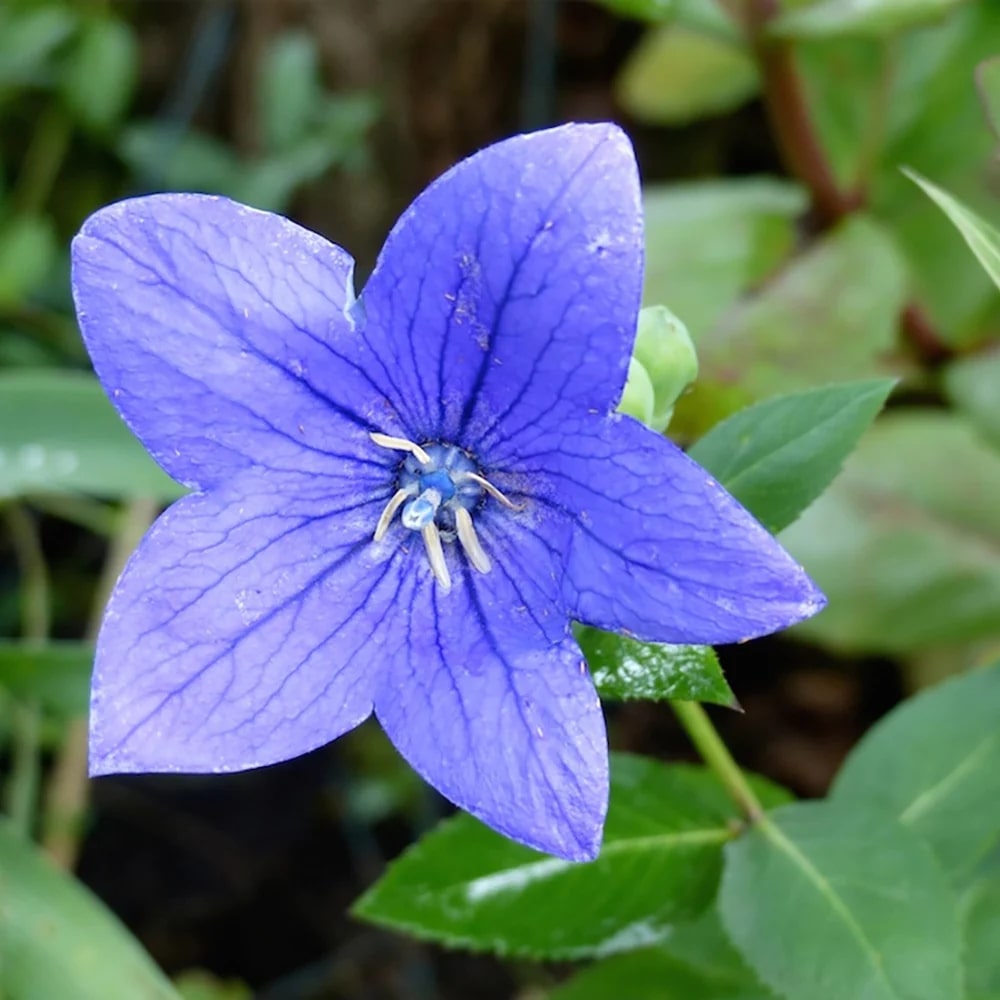

Blue bellflowers are a symbol of healing, spiritual development, and success. They also represent tranquility, openness, calmness, and friendship.
Recommended use: Blue bellflowers are a meaningful gift for someone going through a challenging time or going on a spiritual journey.
What did bellflowers symbolize in various historical periods?


What are the cultural associations of bellflowers?
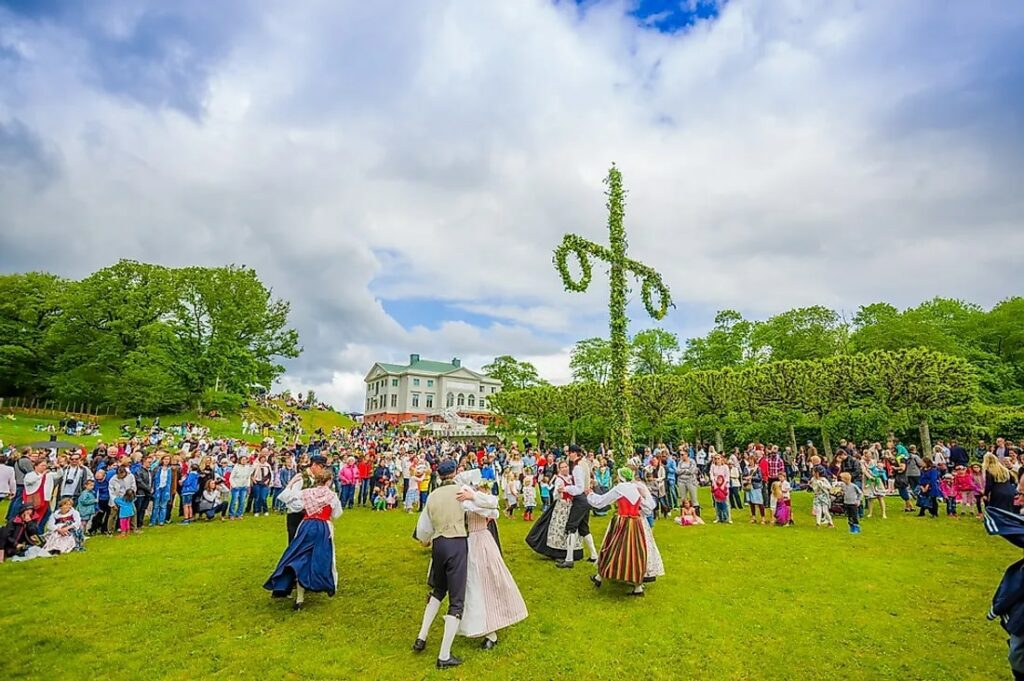

What are the spiritual or religious meanings of bellflowers?


In Christianity, a certain species of the bellflower called harebell is dedicated to St. Dominic.
He was an ascetic Christian monk who established the Dominican order within the church. The flower’s modest foliage and drooping blossoms were seen as symbolic of his penitential and focused life.
What are the uses of bellflowers?
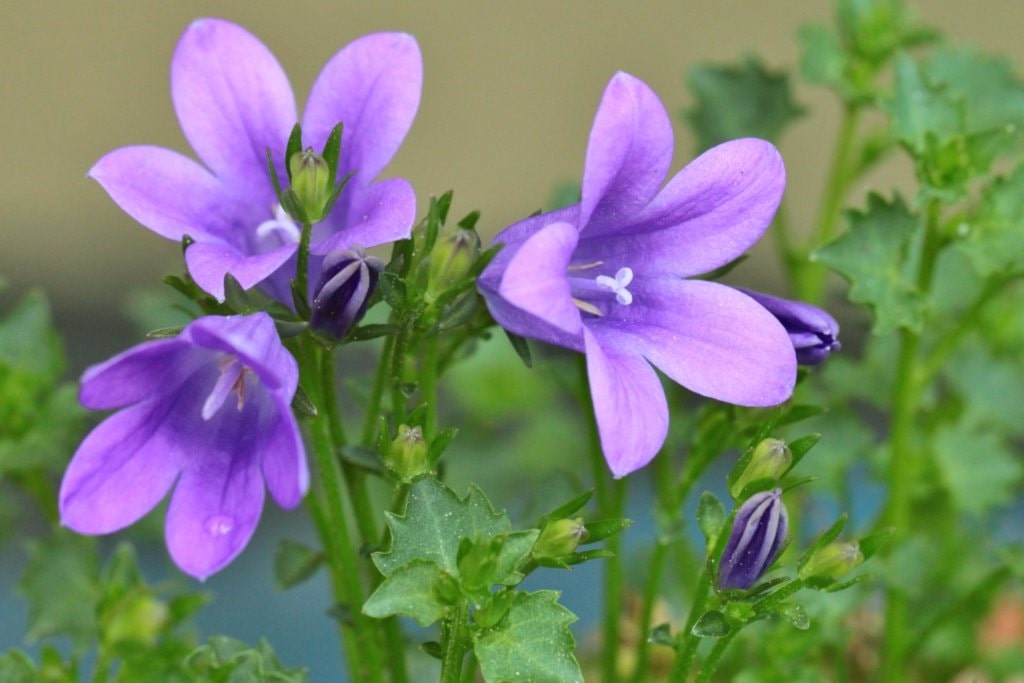

Bellflowers are beautiful flowers that can also be used in cooking, medicine, gardening, and landscaping.
How can bellflowers be used in cooking?
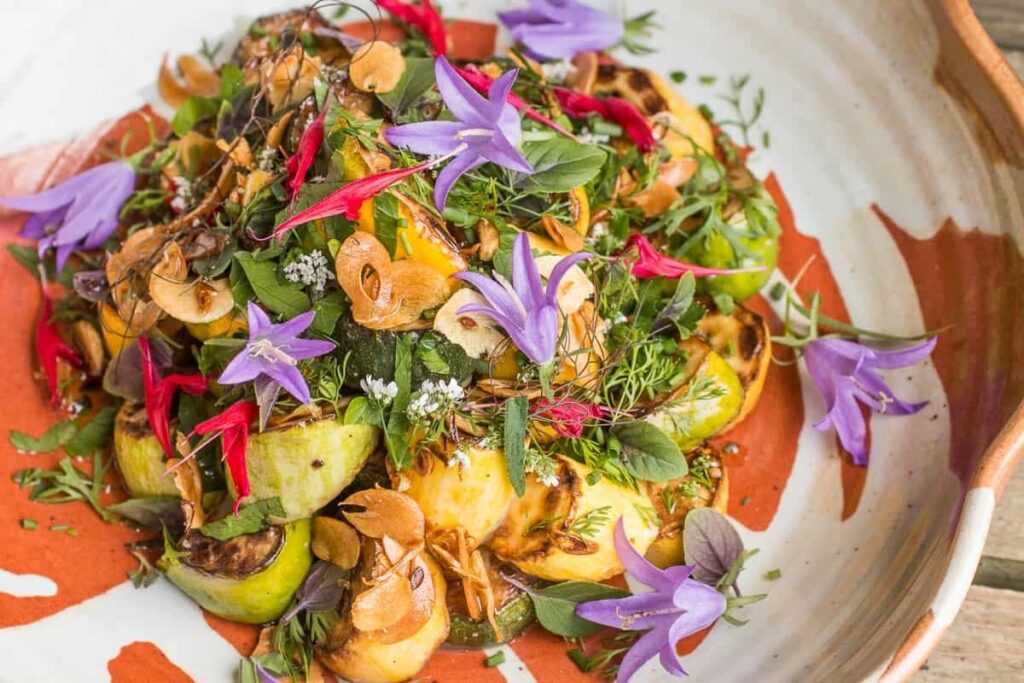

- Salads: Bellflowers make a charming addition to salads, where their mild sweetness complements fresh, crisp greens and other vegetables. Their vibrant colors also add a visually pleasing element to your salad.
- Desserts: The delicate and subtle sweetness of bellflowers makes them a perfect garnish for desserts. You can use them to decorate cakes, pastries, and other sweet treats to add a touch of natural beauty and flavor.
- Teas: Bellflowers can be infused in teas to create a delightful and fragrant herbal concoction. This adds a gentle floral note to your tea and makes it a soothing and aromatic beverage.
- Preserves: Bellflowers can be used to make flower-infused syrups or preserves, which can be drizzled over pancakes and waffles or used as a topping for ice cream.
- Other Beverages: Bellflowers can be muddled or used as a garnish in various beverages, such as cocktails, lemonades, or sparkling water to enhance the drink’s appearance and flavor.
It’s important to note that while bellflowers are edible, it’s recommended to use them sparingly and ensure that they are free from pesticides or other contaminants if harvested from the wild.
Can bellflowers be used for medicinal purposes?
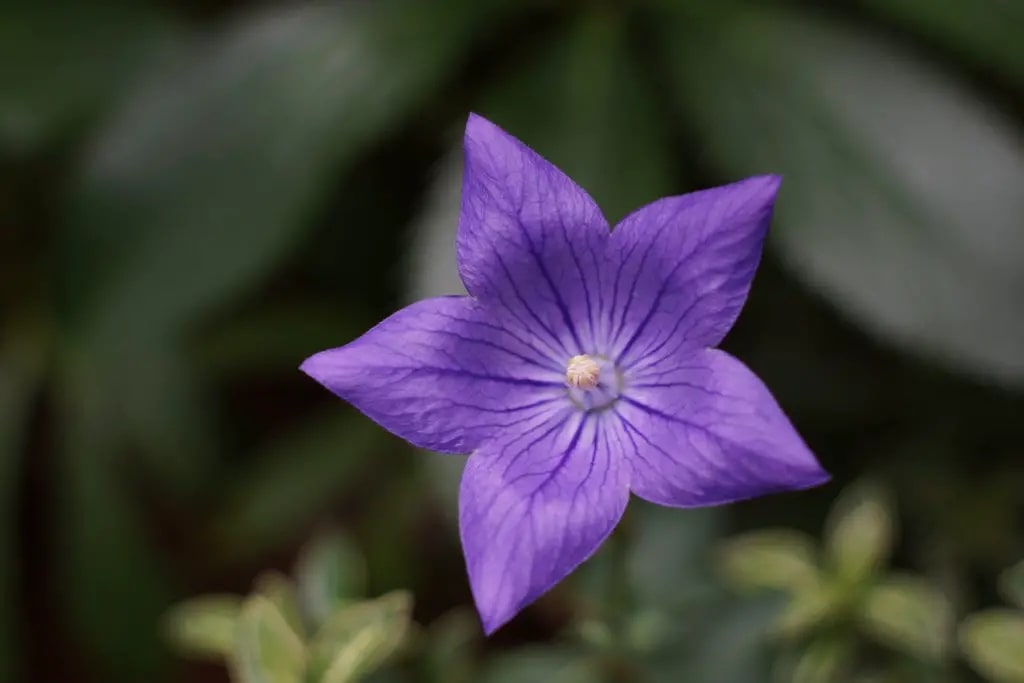

In traditional Chinese medicine, the Chinese bellflower has been used to alleviate coughs and reduce common cold symptoms, including sore throats, chest congestion, and tonsillitis.
In Russia, this plant is also used as a remedy for hydrophobia, which is an irrational or extreme fear of water.
How can bellflowers be used in gardening and landscaping?
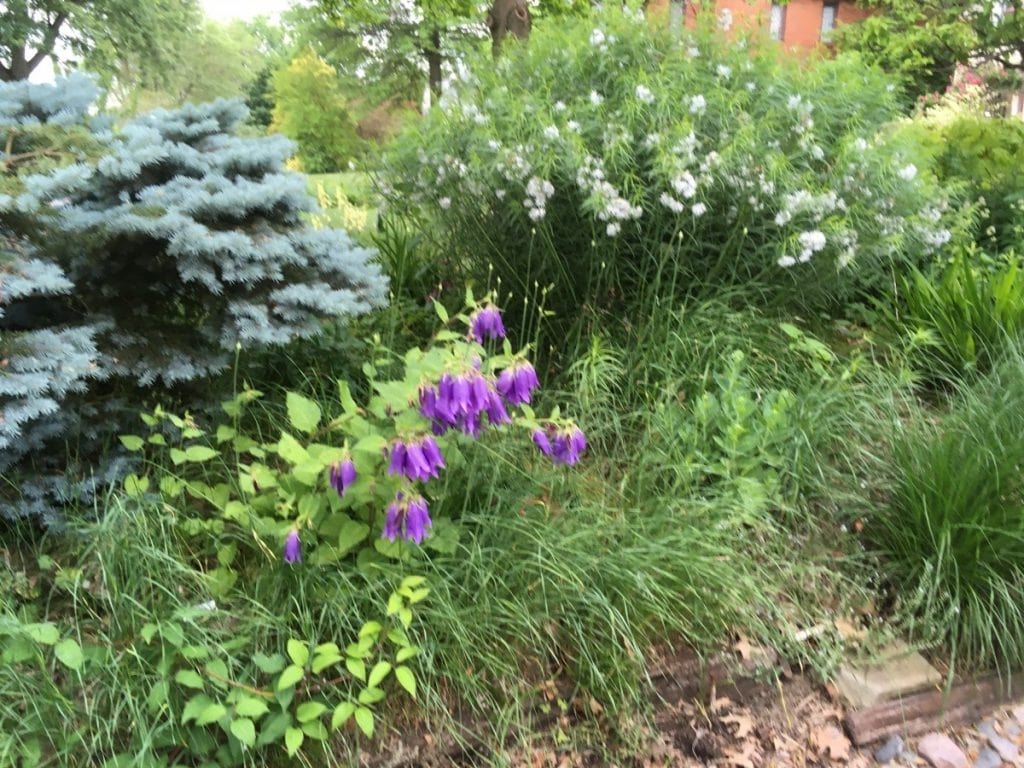

Bellflowers can be used in various ways to enhance the aesthetics and overall appeal of your outdoor spaces. Here’s how they can be used in gardening and landscaping:
- Garden Borders: Bellflowers are commonly used to create stunning garden borders. Their low-growing varieties work exceptionally well as edging plants for a colorful and graceful transition between different sections of your garden.
They can be also seamlessly added into mixed borders alongside other perennials, annuals, and shrubs.
- Rock Gardens: Bellflowers thrive in rock gardens where they can add a burst of color to these often rugged and dry environments.
Their ability to flourish in well-draining soil makes them ideal for rock gardens, and their delicate bell-shaped blooms create a charming contrast with the rocky surroundings.
- Hanging Baskets: Some bellflower varieties, particularly trailing or cascading types, are excellent choices for hanging baskets.
These bellflowers gracefully spill over the edges and soften the appearance of the container for a cascade of vibrant colors.
- Ground Covers: Bellflowers are an attractive option for ground cover plants, which can help suppress weed growth, conserve soil moisture, and provide a uniform carpet of color in your garden.
These ground-hugging varieties are especially beneficial in areas where you’d like to maintain a neat and lush appearance.
- Wildflower Meadows: For a more natural and rustic landscape, bellflowers can be included in wildflower meadows or naturalistic plantings.
These flowers add a touch of elegance to these landscapes while attracting pollinators like bees, hummingbirds, and butterflies.



